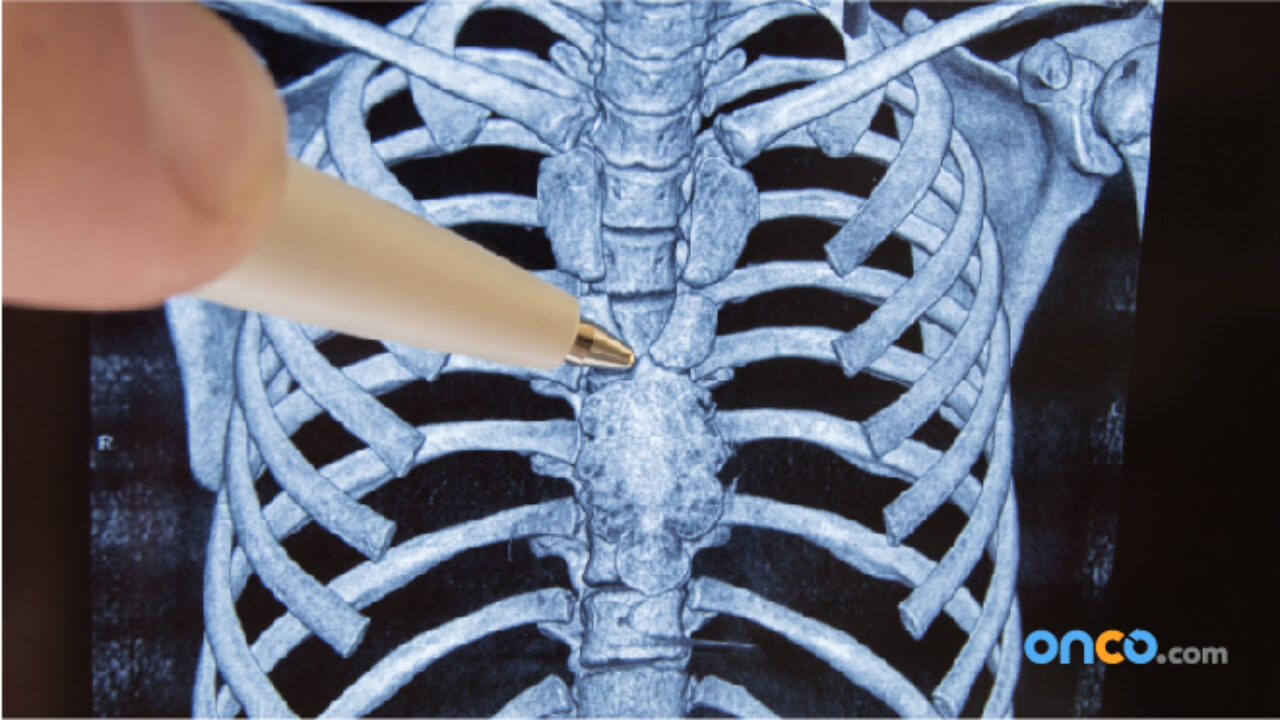
Understanding Bone Cancer: The Impact of Age on Diagnosis and Treatment
Bone cancer is a rare type of cancer that develops in the bones. It can occur in any bone in the body, but it most commonly affects the long bones of the legs and arms. There are several different types of bone cancer, with the most common being osteosarcoma, chondrosarcoma, and Ewing sarcoma. Bone cancer can affect people of all ages, but the impact of age on diagnosis and treatment is significant. In this article, we will explore the impact of age on bone cancer diagnosis and treatment, and discuss the differences in approach based on age.
Impact of Age on Diagnosis
The diagnosis of bone cancer can be challenging, and it can be especially difficult in older patients. This is because the symptoms of bone cancer can be similar to those of other musculoskeletal conditions, such as arthritis or osteoporosis. In younger patients, bone cancer may present with symptoms such as swelling, pain, and a noticeable lump in the affected area. However, in older patients, these symptoms may be attributed to age-related changes in the bones and joints, leading to a delayed diagnosis.
In addition, older patients may be more likely to have other medical conditions that can mask the symptoms of bone cancer or complicate the diagnostic process. For example, osteoporosis, which is more common in older adults, can make it difficult to detect bone cancer on imaging tests. As a result, the diagnosis of bone cancer in older patients may be delayed, leading to a more advanced stage at the time of diagnosis.
Furthermore, older adults may be less likely to seek medical attention for symptoms that they perceive as part of the normal aging process. This can also lead to a delay in diagnosis and treatment. As a result, older adults are more likely to be diagnosed with bone cancer at a later stage, when the cancer has already spread to other parts of the body.
Impact of Age on Treatment
The impact of age on the treatment of bone cancer is also significant. The most common treatment for bone cancer is surgery to remove the cancerous tumor. However, older adults may be less likely to undergo surgery due to concerns about their ability to tolerate the procedure and recover from it. In addition, older adults may have other medical conditions that can increase the risks associated with surgery, such as heart disease or diabetes.
Furthermore, older adults are more likely to experience complications during and after surgery, such as infections, wound healing problems, and blood clots. These complications can prolong the recovery period and increase the risk of disability or death. As a result, older adults may be offered less aggressive surgical treatment for bone cancer, such as limb-sparing surgery or amputation, in order to minimize the risks associated with surgery.
In addition to surgery, radiation therapy and chemotherapy are also common treatments for bone cancer. However, older adults may be less able to tolerate these treatments due to their age and overall health. Radiation therapy and chemotherapy can cause side effects such as fatigue, nausea, and an increased risk of infections, which can be more challenging for older adults to manage.
Furthermore, older adults may be less likely to respond to these treatments due to the decreased effectiveness of the immune system with age. As a result, older adults with bone cancer may receive lower doses of radiation therapy or chemotherapy, or may not be candidates for these treatments at all.
Differences in Approach Based on Age
Given the challenges associated with diagnosing and treating bone cancer in older adults, it is important to take a different approach based on age. For example, older adults may benefit from a more comprehensive evaluation to rule out other musculoskeletal conditions before a diagnosis of bone cancer is made. This can involve a thorough physical examination, imaging tests such as X-rays and MRI scans, and a biopsy to confirm the diagnosis.
In addition, older adults may benefit from a multidisciplinary team approach to their treatment, which can involve specialists in orthopedic surgery, medical oncology, radiation oncology, and geriatrics. This team can work together to develop a personalized treatment plan that takes into account the unique needs and challenges of older adults, such as comorbid medical conditions and decreased functional status. This can include strategies to optimize the patient’s overall health and improve their ability to tolerate and recover from treatment.
Furthermore, older adults may benefit from a focus on quality of life and symptom management, in addition to treating the cancer itself. This can involve interventions to manage pain, improve mobility, and address other symptoms that can affect the patient’s daily life. This approach can help to improve the overall well-being of older adults with bone cancer, even if the cancer itself cannot be cured.
Conclusion
In conclusion, the impact of age on the diagnosis and treatment of bone cancer is significant. Older adults may face challenges in receiving a timely diagnosis, due to the similarities of bone cancer symptoms with age-related musculoskeletal conditions. Additionally, they may be less likely to receive aggressive surgical treatment, radiation therapy, or chemotherapy due to concerns about their ability to tolerate these treatments. As a result, a different approach is needed for the diagnosis and treatment of bone cancer in older adults, which takes into account their unique needs and challenges. By addressing these differences based on age, older adults with bone cancer can receive the best possible care and improve their quality of life.












